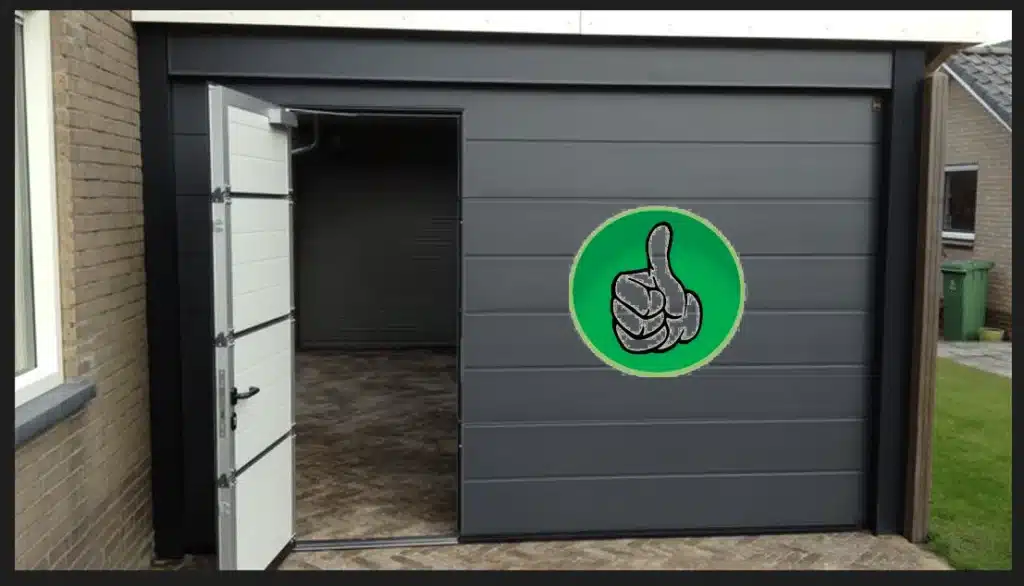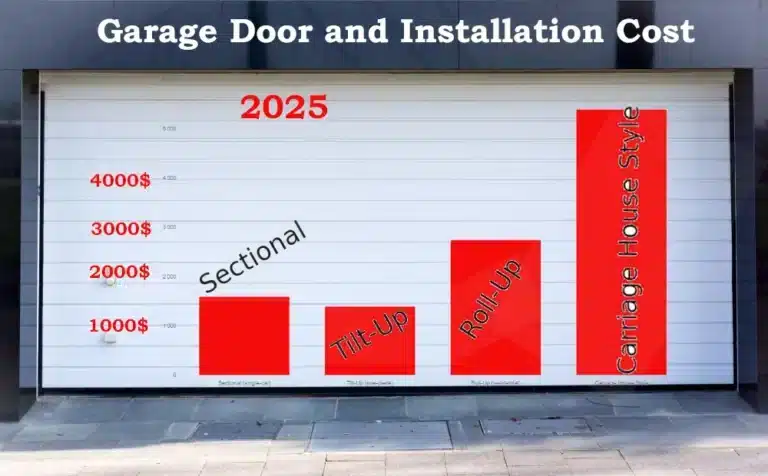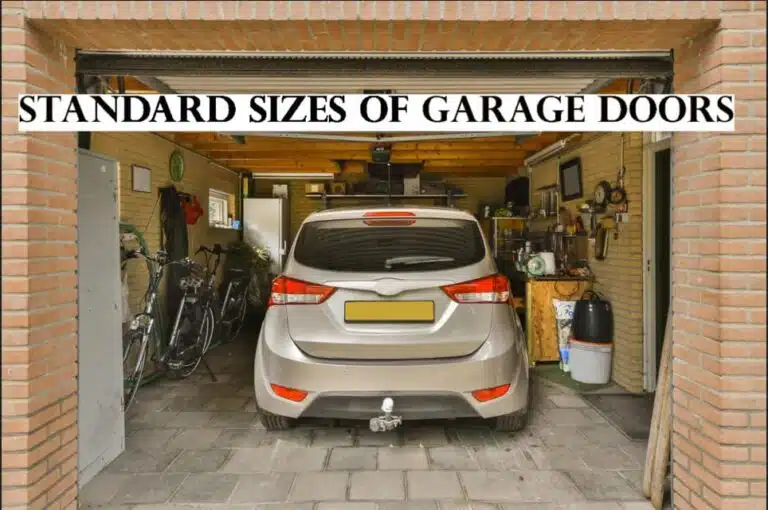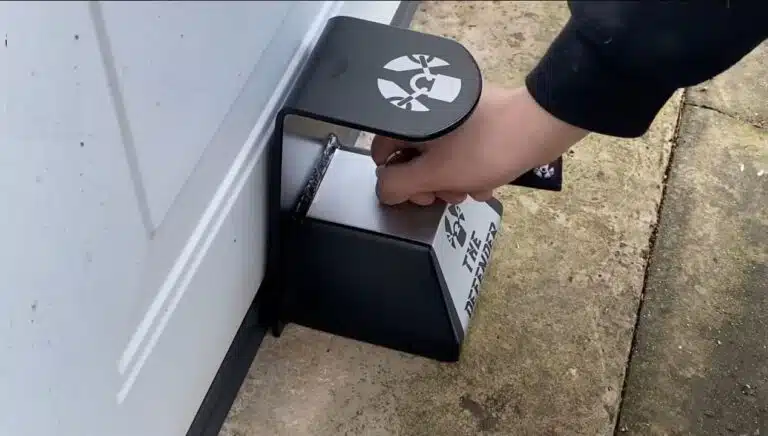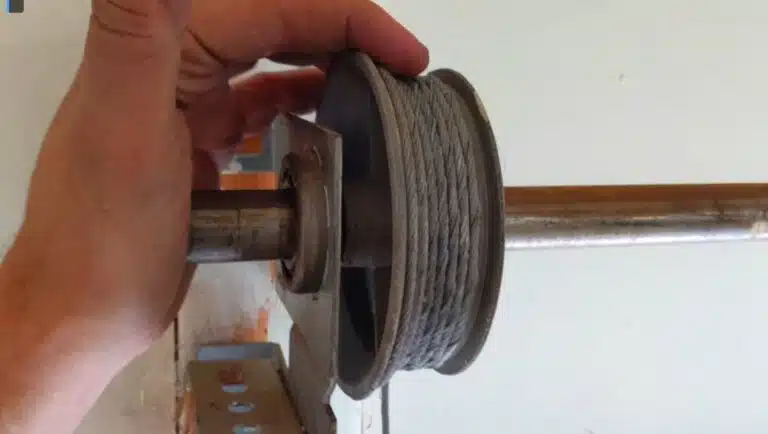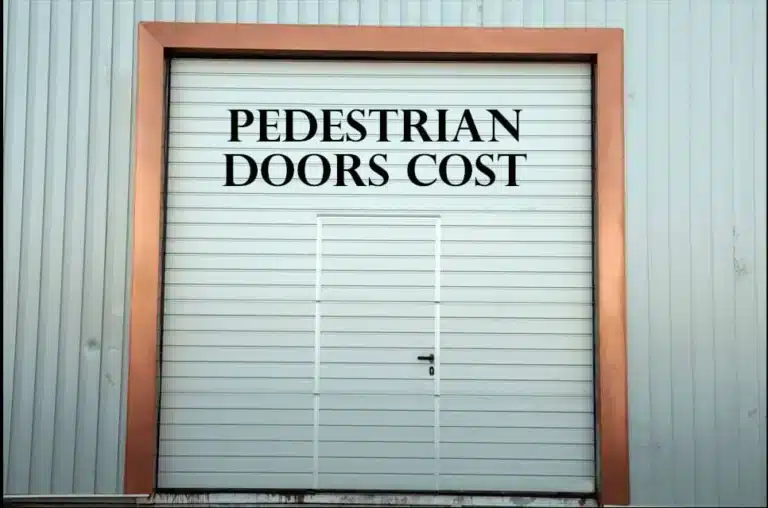Often known as walk-through doors, pedestrian doors are quite important in minimizing air exchange and maintaining garage internal temperature. Pedestrian doors restrict this air exchange, therefore preserving the conditioned air inside unlike larger garage doors, which let considerable volumes of air flow in and out when opened. This reduces temperature swings, therefore guaranteeing that the garage stays colder in the summer and warmer in the winter. This paper will investigate how pedestrian doors significantly help to conserve indoor air, so supporting energy efficiency and climate management.
How Air Exchange Affects Garage Temperature
Every opening creates air exchange, in which outside air enters and inside air leaves. About a garage, this is most obvious when the large garage door is opened since it allows plenty of air to circulate freely in and out of the space. This sudden change might have a big impact on the garage’s temperature, therefore affecting the temperature in the nearby areas of the house. In colder months, warm air from inside exits quickly; in contrast, cold air surges in and fuels heating systems to run more vigorously. In warmer weather, the reverse is true: hot outside air replaces cool air from air-conditioned buildings, therefore increasing the temperature in the garage.
These temperature fluctuations not only make the garage less appealing but also tax heating and cooling systems, therefore increasing the energy consumption. Over time, the cost of constantly controlling house temperatures resulting from garage air loss could be somewhat high.
Wicket Doors: A Solution to Minimize Air Exchange
Pedestrian doors offer a way to reduce the air lost when someone goes in or out of the garage. Unlike traditional garage doors, which allow a lot of space open, a pedestrian door opens just a tiny section, therefore reducing the air exchange capacity. This limited air flow facilitates more consistent preservation of the internal garage temperature.
When someone opens a pedestrian door, for instance, very little internal air escapes and very little outside air enters. This keeps fast temperature fluctuations under control, therefore enabling a more regulated garage climate. Since garages sometimes share walls with living areas, the capacity to keep a constant temperature inside the garage can also help to improve the energy economy of the whole house.
Preserving Internal Temperatures in Extreme Climates
In areas with severe climates—that is, either frigid winters or sweltering summers—the advantage of lowering air exchange becomes very important. Opening the big garage door in winter exposes the whole space to the outside cold air, which may drastically lower interior temperature. If the garage is joined, this chilly air can also penetrate into the house, making living areas uncomfortable and driving the heating system to run extra-hard.
On the other hand, a pedestrian door lets just a small and fleeting air exchange. Using a pedestrian door instead of opening the whole garage would help you to keep the garage warm and stop chilly drafts from getting into your house. Maintaining a steady temperature is vital, hence this becomes more crucial if you use your garage as a workspace or storage for temperature-sensitive products.
The reverse issues arise in summer. The big garage door opens heated outside air flows into the garage, boosting the temperature and rendering the space intolerable for even parking a car. Should the garage have air-conditioned rooms, this heated air can compromise the cooling system’s efficacy in your house as well. Conversely, a pedestrian door lets in little air exchange, so keeping the garage colder and stopping hot air from entering the rest of the home.
Reducing Energy Consumption
Pedestrian doors help to save energy generally by lowering the air exchange in the garage. Whether heated or cooled, less conditioned air (from the garage) means the house’s heating and cooling systems have less work to do to keep the inside temperature comfortable. Because less energy is needed to control the temperature in the garage and connected living areas, this can result in reduced energy usage.
Many homeowners might not be aware that, especially if their garage is adjacent to the house, their garage is a major energy loss source. By reducing the volume of air entering and leaving the garage, pedestrian doors help to create a more thermally stable atmosphere, therefore offering an energy-efficient alternative. This can cause obvious energy bill savings over time, particularly in homes where the garage is regularly accessible.
Enhancing Comfort in the Garage
Maintaining a constant internal temperature in the garage addresses comfort as well as energy economy. Keeping your garage at a reasonable temperature is crucial if you use it for purposes more than only automobile parking. Reducing air exchange with a pedestrian door helps guarantee that the room is useable year-round whether you have created a home gym, workshop, or hobby area.
Opening the main garage door brings a lot of outside air, which can rapidly make the garage either too hot or too cool for comfortable use. A pedestrian door lessens this effect so you may enter and leave without significantly changing the temperature. Comfort and usability can be much improved for homeowners who spend a lot of time in their garage.
Maintaining Storage Conditions
Many people keep sensitive to temperature-sensitive valuables including tools, equipment, and even home supplies in their garages. Frequent air exchange causes significant temperature swings that over time could damage these objects. For instance, metal objects and equipment rust easily in humid air; paint or other chemicals can fade with high temperatures.
Pedestrian doors help to provide more constant storage conditions by lowering the outside air intake into the garage. This helps your tools last longer, protects stored goods from harm, and guarantees better condition of temperature-sensitive components.
Final Thoughts: Pedestrian Doors as an Energy-Saving Upgrade
Pedestrian doors are an excellent investment for homeowners trying to maximize the energy efficiency of their garage while raising comfort and usability. These doors help to preserve a steady inside temperature by lowering air exchange, therefore avoiding drafts and so reducing the demand for too strong heating or cooling. This not only helps with energy savings but also makes the garage year-round a more comfortable and useful place.
Apart from their energy-saving benefits, pedestrian doors can also be a good and visually pleasing feature that permits basic garage access without compromising the internal warmth. Whether your neighborhood is somewhat hot or rather cold, pedestrian doors are a simple but effective way to save energy consumption and preserve more comfortable garage and house.

